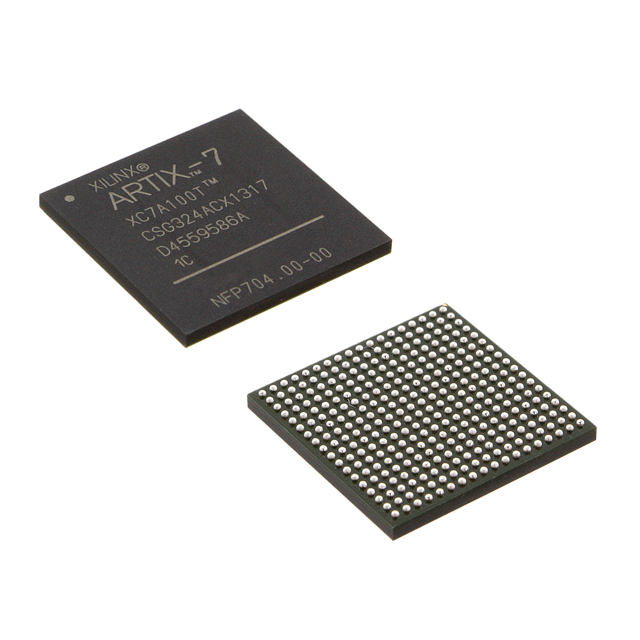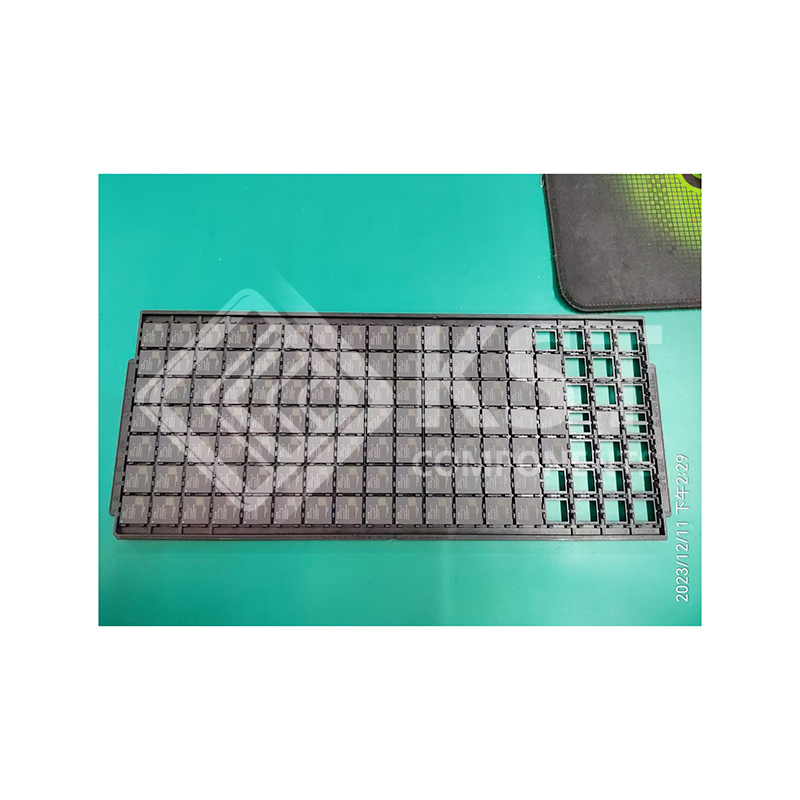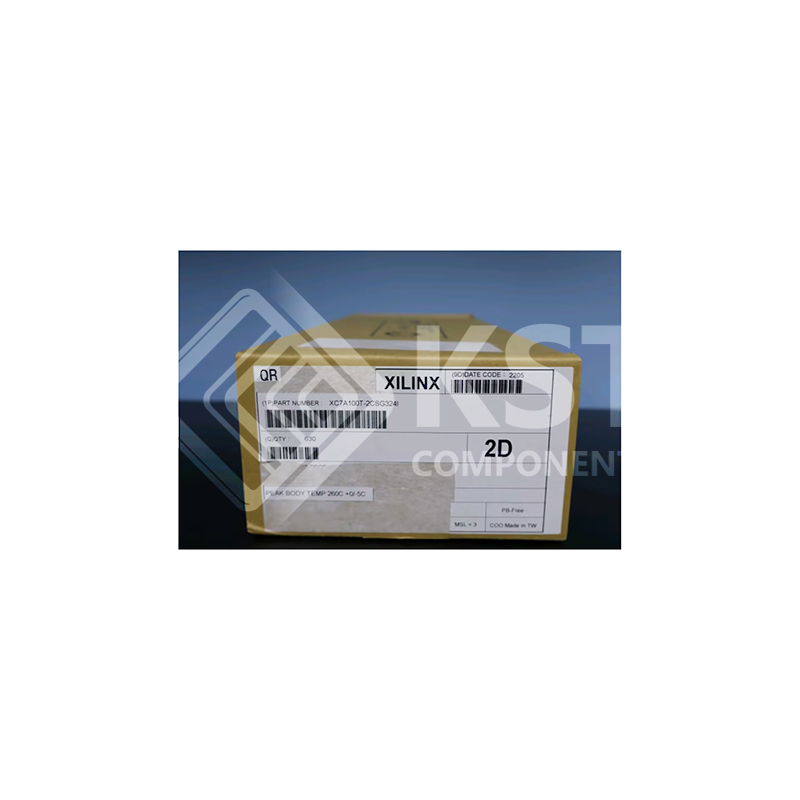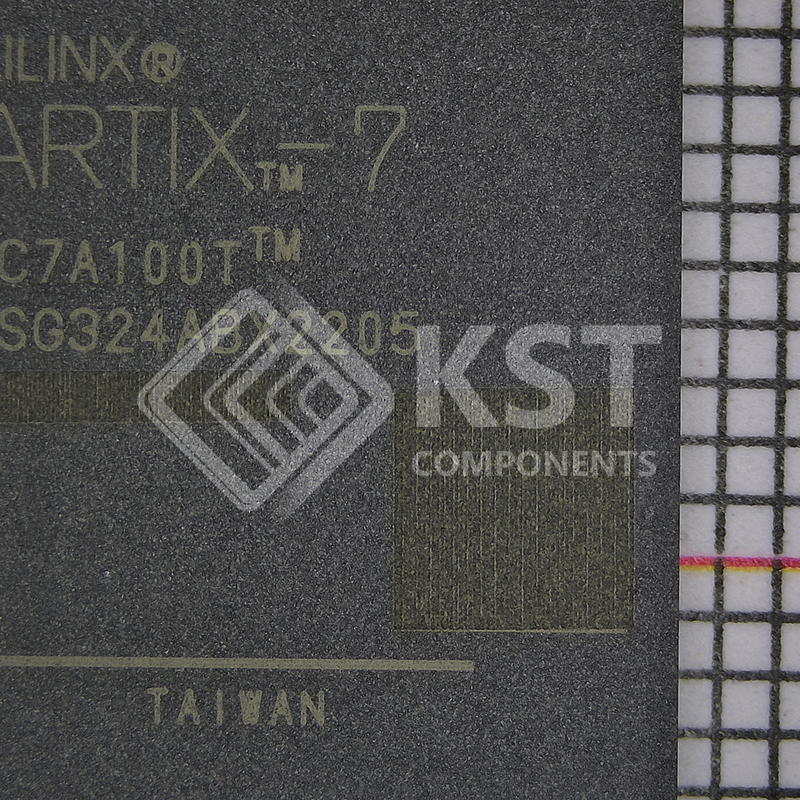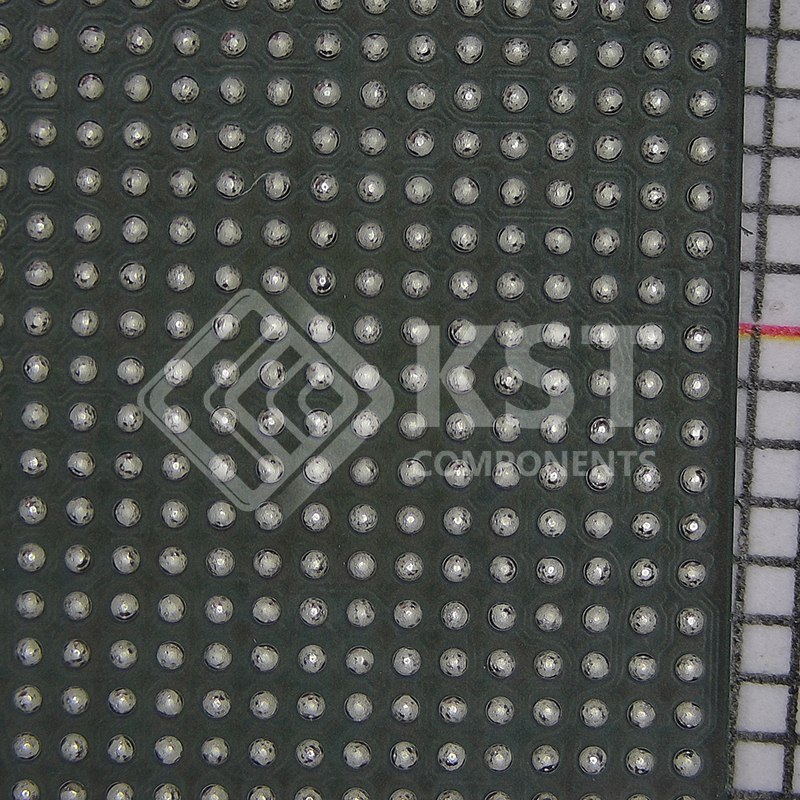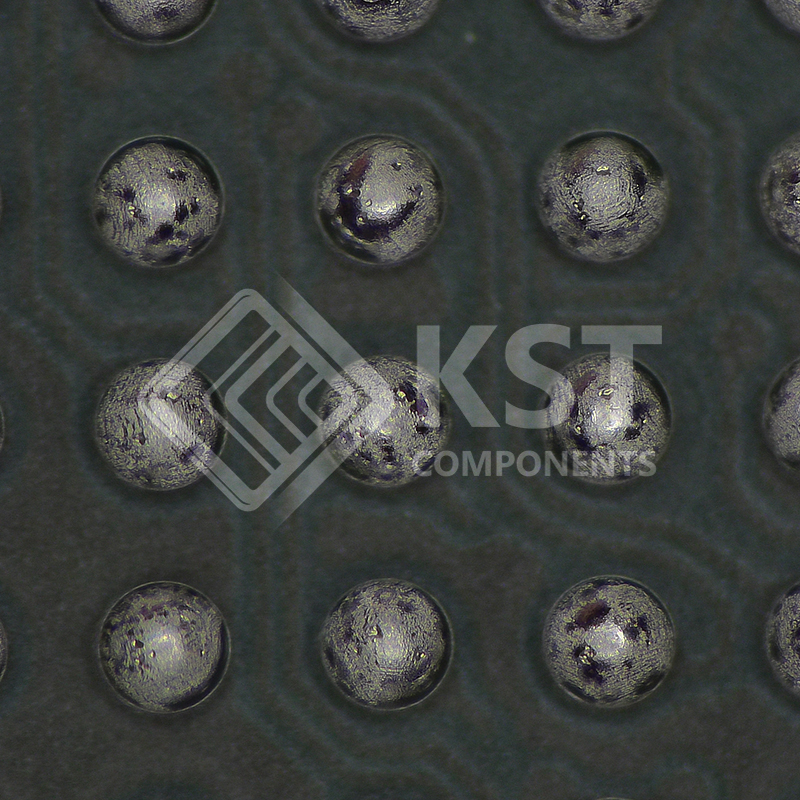AMD Artix™ 7 FPGAs are available in -3, -2, -1, -1LI, and -2L
speed grades, with -3 having the highest performance. The
Artix 7 FPGAs predominantly operate at a 1.0V core voltage.
The -1LI and -2L devices are screened for lower maximum
static power and can operate at lower core voltages for
lower dynamic power than the -1 and -2 devices,
respectively. The -1LI devices operate only at
VCCINT = VCCBRAM = 0.95V and have the same speed
specifications as the -1 speed grade. The -2L devices can
operate at either of two VCCINT voltages, 0.9V and 1.0V and
are screened for lower maximum static power. When
operated at VCCINT = 1.0V, the speed specification of a -2L
device is the same as the -2 speed grade. When operated at
VCCINT = 0.9V, the -2L static and dynamic power is reduced.
Artix 7 FPGA DC and AC characteristics are specified in
commercial, extended, industrial, expanded (-1Q), and
military (-1M) temperature ranges. Except the operating
temperature range or unless otherwise noted, all the DC
and AC electrical parameters are the same for a particular
speed grade (that is, the timing characteristics of a -1M
speed grade military device are the same as for a -1C speed
grade commercial device). However, only selected speed
grades and/or devices are available in each temperature
range. For example, -1M is only available in the
defense-grade Artix 7Q family and -1Q is only available in
XA Artix 7 FPGAs.
All supply voltage and junction temperature specifications
are representative of worst-case conditions. The parameters
included are common to popular designs and typical
applications.
Available device and package combinations can be found in:
• 7 Series FPGAs Overview (DS180)
• Defense-Grade 7 Series FPGAs Overview (DS185)
• XA Artix 7 FPGAs Overview (DS197)
This Artix 7 FPGA data sheet, part of an overall set of
documentation on the 7 series FPGAs, is available on the
Xilinx website at https://docs.amd.com.
Download Details PDF
Notice:
In stock will ship in 2 days. Real-time inventory pls confirm with us.



